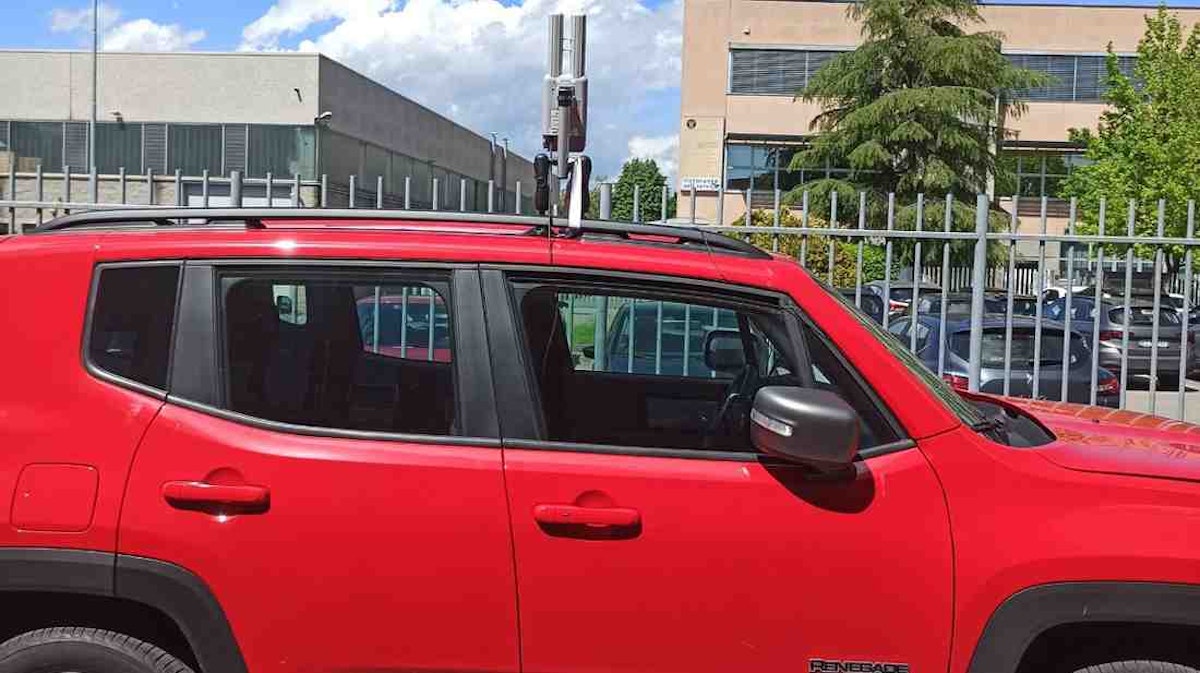Table of contents
Browse categories
Browse authors
 AB
ABAlberto Boffi
 AL
ALAlessia Longo
 AH
AHAl Hoge
 AB
ABAljaž Blažun
 BJ
BJBernard Jerman
 BČ
BČBojan Čontala
 CF
CFCarsten Frederiksen
 CS
CSCarsten Stjernfelt
 DC
DCDaniel Colmenares
 DF
DFDino Florjančič
 EB
EBEmanuele Burgognoni
 EK
EKEva Kalšek
 FB
FBFranck Beranger
 GR
GRGabriele Ribichini
Glacier Chen
 GS
GSGrant Maloy Smith
 HB
HBHelmut Behmüller
 IB
IBIza Burnik
 JO
JOJaka Ogorevc
 JR
JRJake Rosenthal
 JS
JSJernej Sirk
 JM
JMJohn Miller
 KM
KMKarla Yera Morales
 KD
KDKayla Day
 KS
KSKonrad Schweiger
Leslie Wang
 LS
LSLoïc Siret
 LJ
LJLuka Jerman
 MB
MBMarco Behmer
 MR
MRMarco Ribichini
 ML
MLMatic Lebar
 MS
MSMatjaž Strniša
 ME
MEMatthew Engquist
 ME
MEMichael Elmerick
 NP
NPNicolas Phan
 OM
OMOwen Maginity
 PF
PFPatrick Fu
 PR
PRPrimož Rome
 RM
RMRok Mesar
 RS
RSRupert Schwarz
 SA
SASamuele Ardizio
 SK
SKSimon Kodrič
 SG
SGSøren Linnet Gjelstrup
 TH
THThorsten Hartleb
 TV
TVTirin Varghese
 UK
UKUrban Kuhar
Valentino Pagliara
 VS
VSVid Selič
 WK
WKWill Kooiker
Coast-by Method for Measurement of Tire Noise According to ECE R117

Carsten Frederiksen && Marco Pesce (automotive & vehicle dynamics expert)
LEANE International Srl
March 6, 2023
When you are a tire manufacturer, one of the parameters fundamentals that you are called to measure in phase homologation is that of noise, understood as a sound level that creates an unpleasant hearing experience for the driver, passengers, and the environment itself. LEANE International supplied a Dewesoft solution that simplifies testing for a tire manufacturer.

Since 1978 the automotive division of Italian LEANE International, a Dewesoft partner, has provided comprehensive solutions in automotive data acquisition. Starting from sensors, the company has extended its professional staff of mechanical and electronic engineers, data acquisition experts, application developers, professional drivers, and data analysis experts to support automotive testing activities from car setup to final testing reports.
“The sound”, explains Davide Del Fatto, the LEANE noise and vibration expert, “is nothing more than a propagated vibration in the air in the form of sound waves. The source of this can be solid - like a tire - stimulating the air to vibrate and creating pressure waves around it. The more the source vibrates, the more noise it generates”.
Davide Del Fatto knows that in the speed range from 50 to 100 km/h tires are the main source of the noise emitted by the vehicle in motion. “All manufacturers must perform homologation tests before being able to market their products", he says.
Not just coast-by-measurement
In this context, one of our customers, an important tire manufacturer that wants to produce increasingly quieter tires, asked us for a new system. It should not only be able to perform coast-by-noise measurements for homologation but at the same time calculate other parameters to be compared with the tests in an anechoic chamber.
This was a request for a very complex system - but simple and immediate to use, which directly generated the test report and the data necessary for the research and development. We immediately decided to design the system around the pilot based on R117.
In 2012, ECE regulation 117 came into force. The United Nations Economic Commission for Europe (UNECE) took this initiative to increase the safety and environmental and economic efficiency of road transport. ECE R117 defines the measurement of fuel efficiency, wet grip, and tire noise on passenger cars, commercial light trucks, and trucks.
Other regulations from UNECE specify the provisions for the type of approval of sound emissions from tires:
The international standard, ISO 13325: 2019 (Tyres — Coast-by methods for measurement of tire-to-road sound emission) specifies methods for measuring tire-to-road sound emissions from tires fitted on a motor vehicle under coast-by conditions, i.e. when the vehicle is in free-rolling, non-powered operation. It describes how to test, where to place the microphones, how the track for external vehicle noise is made, etc.
Data acquisition system setup
The DAQ system has two distinct hardware parts, a base station, and an in-vehicle station.
The base station is composed of an 8-channel Dewesoft DEWE-43A data acquisition system. Two microphones were positioned on both sides of the roadway as per ISO 10844-2014, and a weather station for environmental parameters.
The in-vehicle station uses the Dewesoft GNSS receivers with the GPS antenna connected. This instrument measures the precise speed and uses the photocell to determine the vehicle's position. A tablet PC computer is used for controlling the acquisition, and for storing and visualizing the data in real-time.
The communication between the two measuring stations is enabled via the DS-WiFi3 wireless antenna solution. DS-WiFi3 is now replaced by the DS-WiFi4 system. DS-WiFi4 uses increased power and extends the range to a two-kilometre range.
Figures 4 and 5 illustrate the whole system used in the measurement:
The entire test was automated using DewesoftX Sequencer. The user interface was customized to hide all the unnecessary parameters and functions and automated to guide the test operator. This way the driver can focus on what is the core of his job: driving safely at the right speed.
The large and easily visible click-buttons on the Initial test selection screen allow the driver to select:
Init: Insertion or modification of test parameters: tire data, vehicle length, track orientation.
Valori live: Display of live values - microphones and weather station.
PassBy: Registration of pass-by tests
Analisi: Test analysis and reporting
Thanks to the basic data acquisition and analysis software from Dewesoft and the high WLAN transmission performance, the driver can see in real time if the test was successful or not.
At the same time, the Dewesoft DAQ software and hardware save everything for later analysis. Even many other data can be used for research and development. For example thirds/twelfths of an octave in function, space to understand the sound emissivity and parameters environmental influences that affect noise and temperature asphalt along the entire test track.
Results are provided in tabular form for quick display. It displays the overall noise value and generates the final test report.
Measurement control is provided by a simple graphical interface with very large buttons to facilitate data entry operations.
At the end a handy summary table allows you to have the reports according to the regulations selected and the system is automatically saving all data necessary for research and development - see Figure 7.
Conclusion
The Dewesoft testing system is designed to comply with ECE R117 and automated processes allow the driver to focus on driving safely at the right speed. The system can perform a noise test according to the regulations and is easy to operate.
Thanks to its simplicity of design and use, the system allows the tire manufacturer to obtain the measurement report in just twenty minutes. This increases the productivity and the security of saving all data correctly.